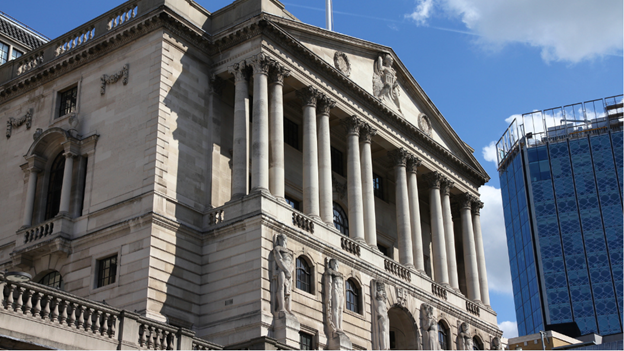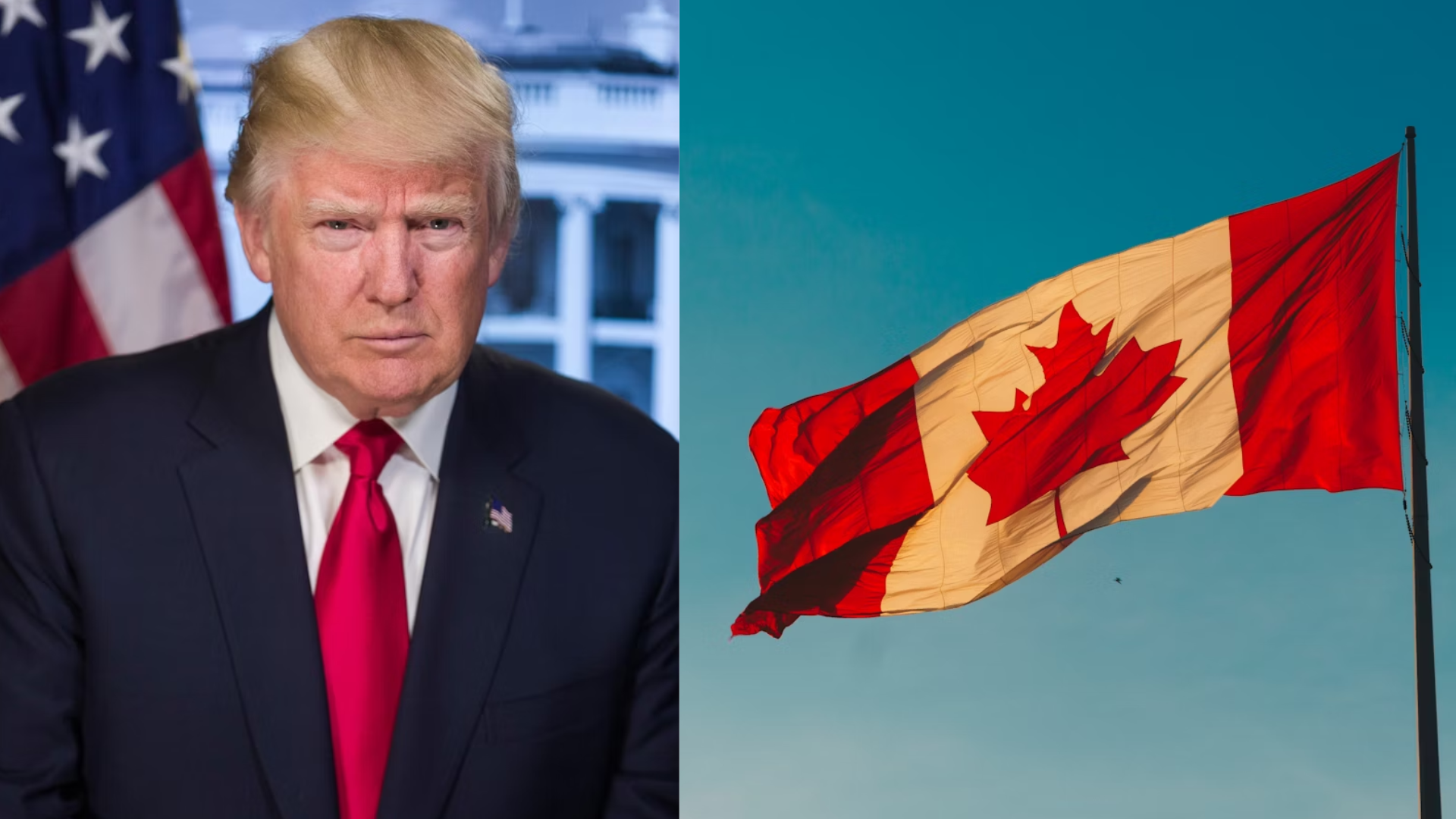The UK’s inflation rate has dropped to 1.7%, falling below the Bank of England’s 2% target for the first time in more than three years. This unexpected decline raises concerns about the central bank’s next steps as it navigates a period of easing price pressures.
The drop in inflation was largely driven by lower energy and transportation costs, which slowed overall price growth. With inflation now below the target, the Bank of England may adopt a more dovish policy stance, potentially maintaining its low interest rates or even considering new stimulus measures to support the economy.
This is the first time in three years that inflation has fallen below the bank’s target, and the sudden drop may signal broader changes in the UK’s economy. While consumers may benefit from lower prices, the decline could also indicate weaker demand and a slowing economy, challenging the bank’s monetary strategy. The recent drop, combined with fears of a possible recession, may lead to further policy adjustments.
Market analysts are closely monitoring the central bank’s response. If inflation remains below the 2% target, the Bank of England could take steps to adjust interest rates or introduce additional measures to boost growth. However, the bank must tread carefully to avoid potential deflationary risks, while ensuring the economy remains on track.
As inflation continues to dip, attention will focus on how the Bank of England manages the potential risks of an economic slowdown, especially in a time of growing global uncertainty.
















